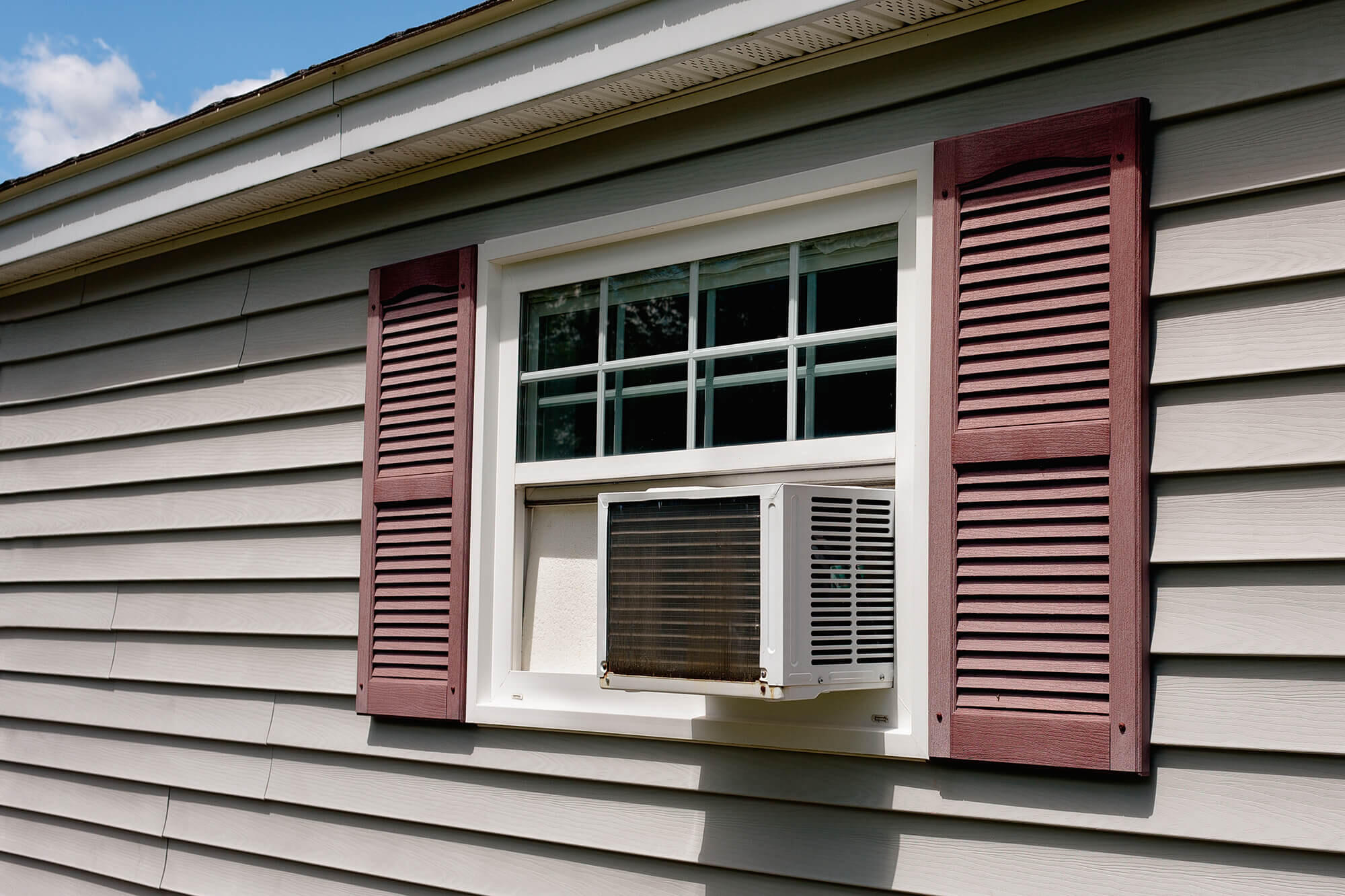
THE PRODUCT:
Room air conditioners (or window ACs) are designed to cool individual rooms and are mounted in a window or through a wall. Some models are capable of providing heating, but there is no standard for heating performance.
THE STANDARD:
The current standards for room ACs took effect in 2014. For typical room ACs with cooling capacities less than 8,000 Btu/h, the minimum combined energy efficiency ratio (CEER) is 11.0.
DOE finalized new standards in 2023, which require compliance starting May 26, 2026. The new standards represent energy savings of 20-36%, depending on the product class, relative to the current standards and effectively require variable-speed compressors for larger units (>8,000 Btu/h).
*The energy efficiency metric, combined energy efficiency ratio (CEER), is expressed as the ratio of the cooling capacity (Btu/h) to the power input (W).
KEY FACTS:
About 21% of all US households have at least one room AC unit, and about half of these households have two or more. Technology options for improving the efficiency of room ACs include more efficient compressors (including variable-speed compressors) and fan motors and improved heat exchangers.
Fact Sheets
Filings
ASAP Press Releases
Timeline
| Federal | Date |
| Next Review Due | 2029 |
| 4th Federal Standard Effective | 2026 |
| 4th Federal Standard Adopted | 2023 |
| 3rd Federal Standard Effective | 2014 |
| 3rd Federal Standard Adopted | 2011 |
| 2nd Federal Standard Effective | 2000 |
| 2nd Federal Standard Adopted | 1997 |
| 1st Federal Standard Effective | 1990 |
| 1st Federal Standard Adopted | 1987 |
| NAECA Initial Federal Legislation Enacted | 1987 |